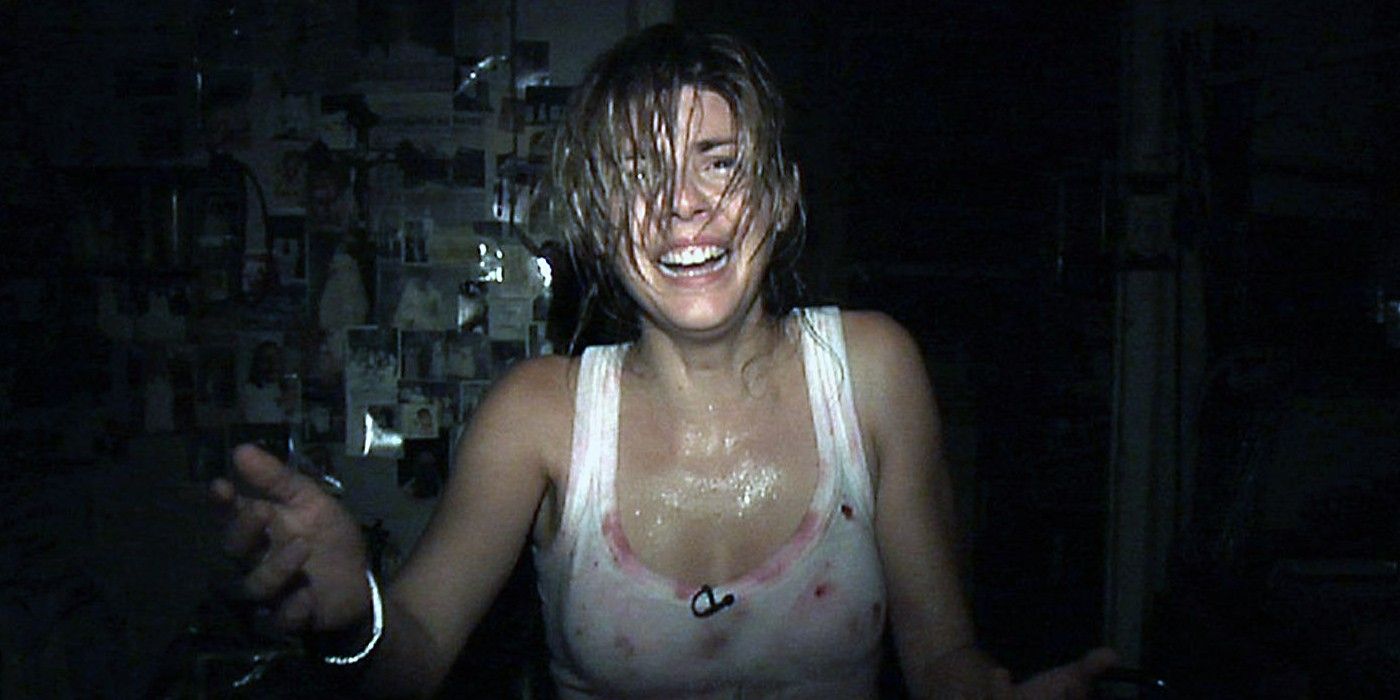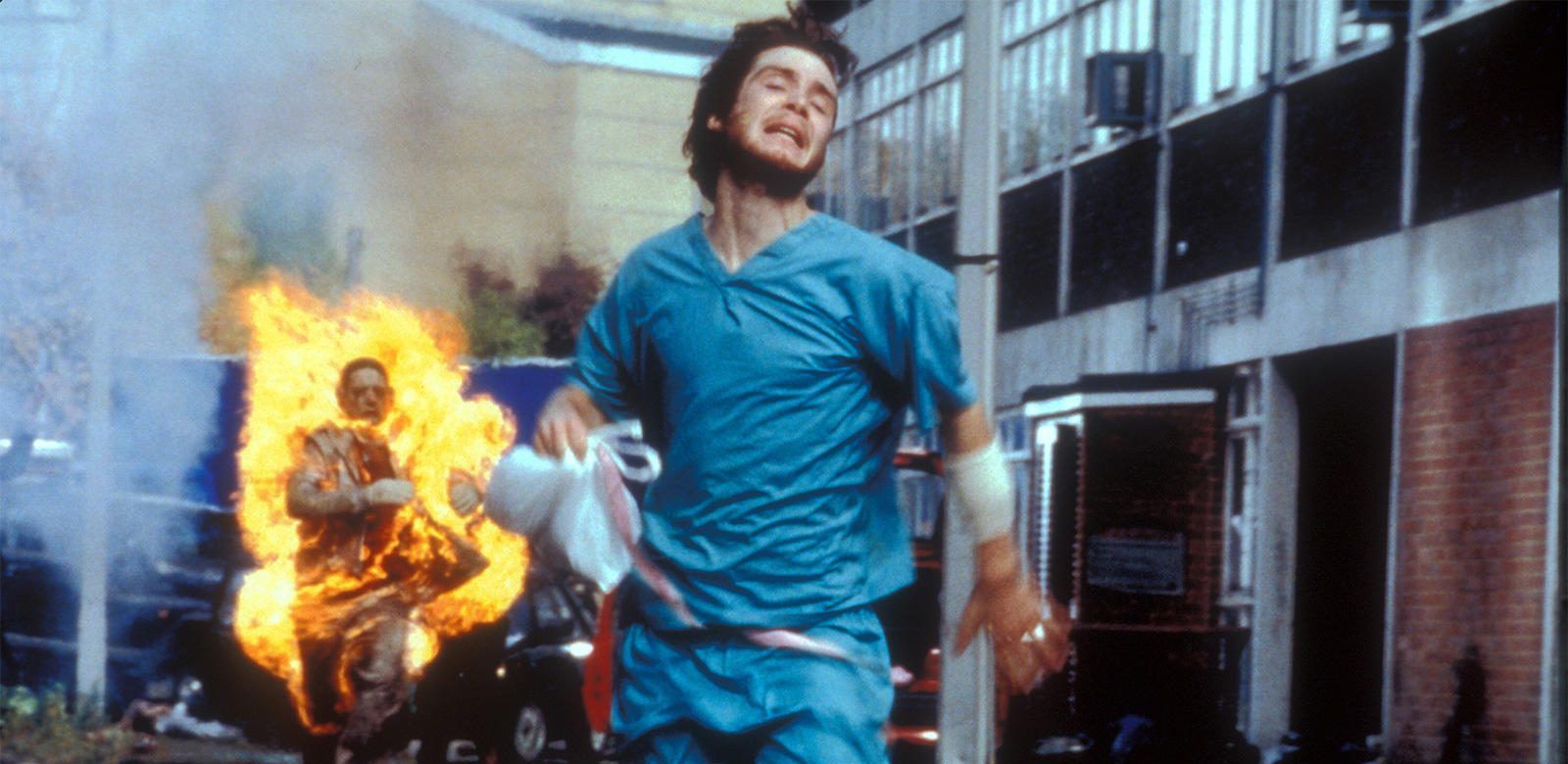At the start of the 21st century, horror movies were still trying to find their new groove after the 90s said goodbye to the tropes and expectations of the genre. Building off the barebones of movies like The Silence of the Lambs, Scream, and The Blair Witch Project, the horror films of the 2000s expanded on similar themes, taking them to the next level.
This was particularly evident in the found footage sub-genre, which took notes from The Blair Witch Project. While the 1999 film brought this style of cinematography into public consciousness, the 2000s ran with it to new extremes with films like 2008's Cloverfield and 2009's Paranormal Activity. It's no surprise these films were coming out in droves with people developing a deeper interest in the personal, unscripted lives of others with the reality TV and social media boom of the 2000s.
Two of these films not only catered to this sub-genre but they also were part of the reinvention of the zombie genre. 2007's Spanish horror film REC was a found footage movie about being trapped in a building infested with diseased zombies, and this movie would later be remade in the United States as 2009's Quarantine.
What stood out about these films was their interpretation of the zombie, which pulled away from the notion that these monsters were supernatural. 2003's 28 Days Later cemented the idea that zombies were the result of an unknown virus, which was not only a refreshing take, but it also changed the anatomy of zombies, having them act like rabid creatures and moving a lot faster, which created a new sense of horror for audiences. This change also mirrored the anxieties around SARS, which happened to be discovered that same year, and Mad Cow Disease, which had its first confirmed case in Britain in 1986 and in North America in 2003.
Along with this new version of the zombie, the genre itself saw an explosion during the 2000s, overshadowing any other creature that tried to dominate the screen. Classics were revisited with George Romero continuing his Living Dead franchise with 2005's Land of the Dead and the remake of his film Dawn of the Dead by director Zack Snyder in 2004. Both of these films, while pulling from traditional zombie flicks, catered to the high octane feeling new zombies had created for audiences.
With so many zombie movies in such a short amount of time, the satires of this horror sub-genre came quickly with one of the earliest being 2004's Shaun of the Dead, which focused primarily on spoofing the classic zombie while also telling a memorable romantic-comedy with endearing characters. Several years later the disease-zombie film would be tackled with 2009's Zombieland. What both movies succeed in is mocking the conventions of the sub-genre while also being horror films with genuine scares.
The success of Scream in the 90s showed filmmakers that audiences wanted horror films with biting humor, and the 2000s went beyond just spoofing zombies. 2000's American Psycho used its dark comedy to make a commentary on class and gender in America while also contrasting the horror of the film. Meanwhile, 2009's Jennifer's Body, while panned upon release, developed a cult following in recent years with its sharp wit, campy nature, and takes on puberty, sex, and assault.
Along with Jennifer's Body, the 2000s had a handful of underrated horror films that addressed what it was like to be a girl going through puberty, specifically focusing on the ugly parts of adolescence. With movies like 2007's Teeth and 2001's Ginger Snaps, the female leads got to unapologetically explore sides of girlhood in ways that are still rarely touched on in film, and they also got to become both the monster and the protagonist.
On top of this glimpse into the more harsh sides of puberty, horror at large got gorier in the 2000s. The torture porn subgenre of horror is often credited to this decade because of the mass amount of films that focused on forced captivity and gruesome torment, as seen in 2004's Saw, its several sequels, and 2006's Hostel. In light of the inhuman treatment of prisoners in places like Guantanamo, discussions about torture took the public by storm and influenced filmmakers of the decade.
Along with these more direct takes on torture, the 2000s at large focused on gore. Where the 80s used advancements in practical effects to create horrific moments of body horror as well as iconic killers, the 2000s decided to take a more realistic approach in order to deliver the shock factor. Films like the Final Destination franchise continued to test the limits of gore by killing off characters in the most unique ways thanks to advancements in CGI. Other films like 2002's Cabin Fever and 2008's Midnight Meat Train focused on how disgusting the human body could get in life and death.
The start of the 21st century for Hollywood was gritty, gruesome, and gory with its torture porn and new age of zombies, both representing concerning issues within society. Along with that, some horror films got personal with the use of "found" footage while others leaned into comedy to contrast the darker subjects, catering to the edgy desires of audiences from the 2000s.



